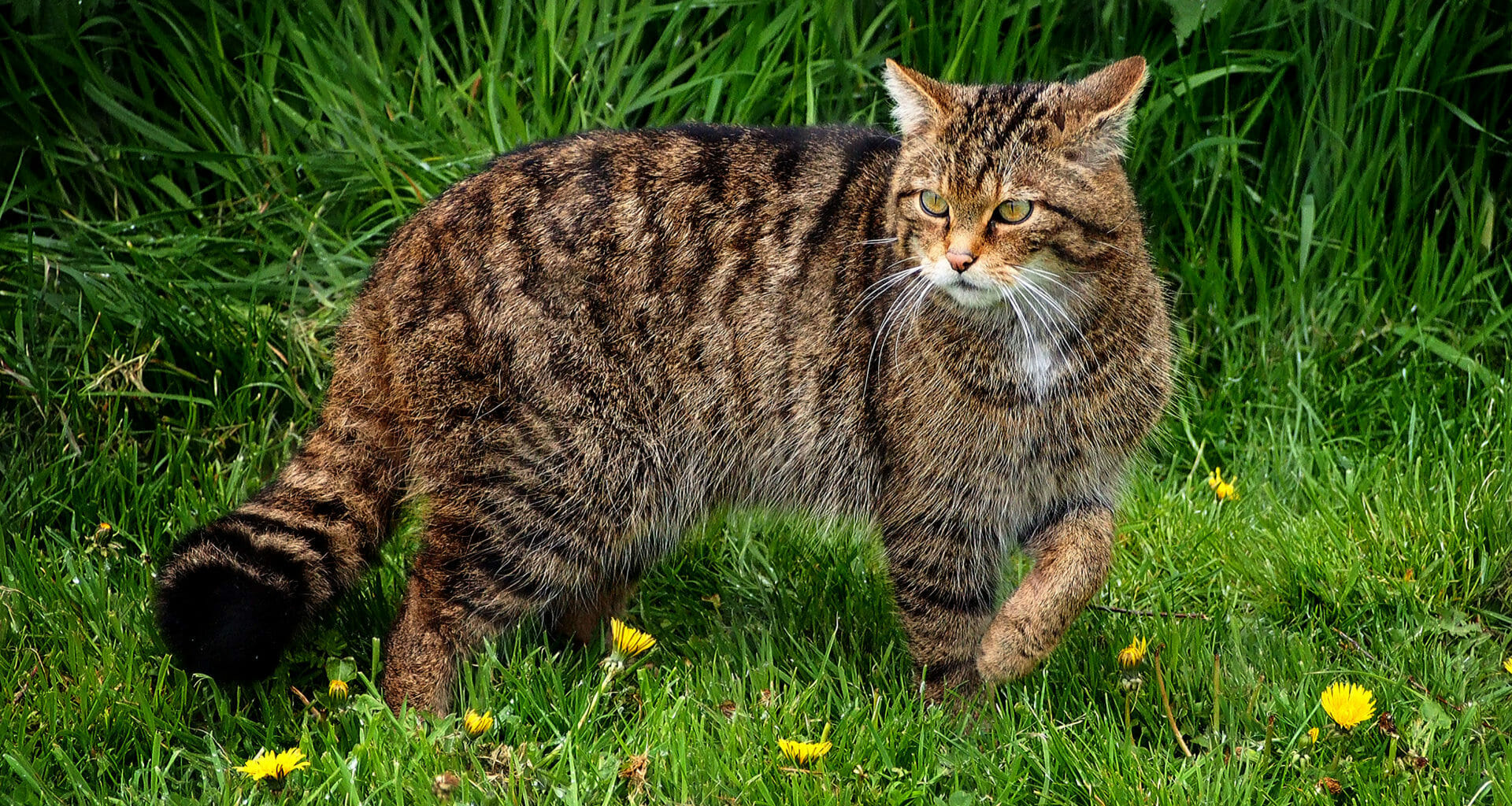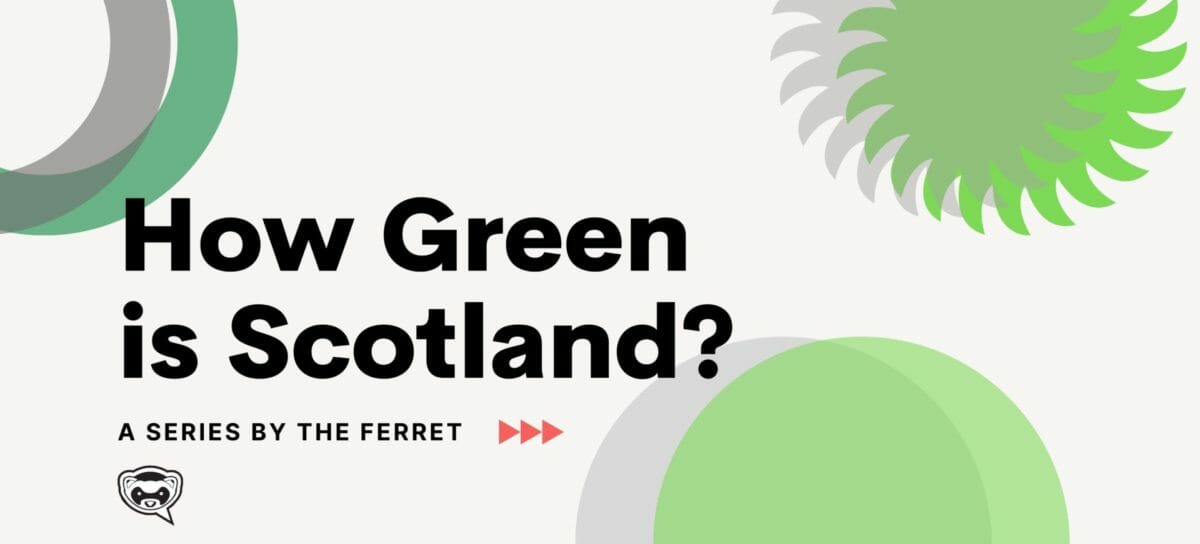More than 1,100 of Scotland’s wildlife species and natural habitats are in a “poor” condition, and dozens of the nation’s protected sites have been damaged by climate change, The Ferret can reveal.
Ahead of the COP26 conference in Glasgow, our investigation reveals that 531 habitats and 603 species in Scotland are in poor condition. We also found that climate change has impacted 43 protected sites and 76 natural features.
Species in decline include the Scottish wildcat, hedgehogs, capercaillie, black grouse, and a bird called the arctic skua, which is facing extinction in the UK by 2100. Rising sea temperatures could mean white beaked dolphins are lost from Scotland’s waters, and salmon rivers may lose more fish as summer water levels decline.
Environmental and wildlife groups are calling for urgent action to combat the twin climate change and wildlife crises and help preserve Scotland’s natural heritage. One group described the situation as “perilous”. The Scottish Government said it will publish a new biodiversity strategy next year to help tackle the biodiversity crisis.
The Ferret analysed data from NatureScot – the Scottish Government’s wildlife agency formerly known as Scottish Natural Heritage. NatureScot monitors 1800 protected sites which are home to 5460 natural features. Of those features, 5301 were assessed by 31 March 2021.

Illustrated by Jagoda Sadowska.
According to NatureScot, the proportion of Scotland’s natural features in “favourable condition” was 78.3 per cent – a decrease of 0.5 per cent over the last year, and 2.1 per cent since 2016 when it peaked at 80.4 per cent. Over the long term NatureScot says the situation has improved – up by 2.3 per cent between 2007 and 2021 – but campaigners pointed out that Scotland ranks 212 out of 240 countries in a global index of the integrity of wildlife sites.
The long term decline of Scotland’s wildlife was documented in a report in 2019 called the State of Nature which claimed one in nine species – including kittiwakes and wildcats – was threatened with extinction. It said average temperatures in Scotland have increased by nearly 1°C, with widespread impacts on nature evident already.
Climate change is one of a number factors – along with farming and forestry operations – causing severe problems for nature. The majority of protected areas affected by climate change, such as sites of special scientific interest (SSSI), are coastal or islands with seabird and wader bird populations.
They include the Isle of May and Bass Rock in the Firth of Forth, and islands off Scotland’s west coast such as Handa, and the Shiant Isles. Warming conditions are also impacting upland habitats including Caenlochan in north east Scotland – renowned for alpine heaths, and Ben Wyvis, an Easter Ross mountain protected because it is an important habitat for the dotterel, a bird which nests and breeds on springy moss at its summit.
Global warming has meant a change in the number and severity of frost days and snow depth, which impacts conditions at the summit. Climate change has also been a factor in the catastrophic decline of breeding seabirds – whose numbers are down by 49 per cent since 1986. Extreme weather conditions at sea impairs the ability of some birds to find enough food.
Surface feeding seabirds such as kittiwake and the arctic skua, are faring the worst, with declines of 69 and 80 per cent respectively between 1986 and 2018. Leach’s storm petrel, great skua and arctic skua may become extinct in the UK by 2100. Seabirds are top predators in the marine food chain and are therefore key indicators of the whole marine environment.
NatureScot chief executive Francesca Osowska said there were major challenges but added that Scotland has made progress over the last decade including peatland restoration, marine protection and species conservation.
She said: “As we look towards 2030 and the new global targets, we know that we are facing a huge challenge in the twin crises of nature loss and climate change. Nature and climate change are intrinsically linked, and we need to tackle them both together, or we tackle neither.”
According to Isobel Mercer, senior policy officer with RSPB Scotland, progress to improve the condition of Scotland’s protected areas has “stagnated over the last decade” and started to decline in recent years. She welcomed the Scottish Government’s commitment to protect at least 30 per cent of land by 2030 – a plan called 30 by 30 – but said that funding for managing protected areas has been “slashed”.
Mercer argued that the upcoming Scottish Government budget would be an opportunity to address this and she urged ministers to ensure NatureScot has “adequate funding to improve the condition of these amazing places for nature”.
“Whilst we still have some fantastic places for wildlife, Scotland was recently found to be one of the most nature-depleted countries in the world,” Mercer told The Ferret. “This is a stark reminder of all we have historically lost, whilst our remaining places for nature show us how much we have left to lose.”
The Scottish Wildlife Trust (SWT) described climate change as one of the “greatest threats” facing nature and wildlife. Dougie Peedle, SWT’s head of policy, pointed out that Scotland ranks 212 out of 240 countries in a global index of the integrity of wildlife sites. The index says the UK has retained only half of its biodiversity over the past decade, compared with 65 per cent for France, 67 per cent for Germany, and 89 per cent for Canada, which is among the best countries or territories worldwide for retaining its natural biodiversity
He said many species are being pushed north by rising temperatures, seabird colonies are collapsing as a result of changing temperatures, and rising sea levels are already “threatening important coastal habitats”.
Amidst a biodiversity and climate crisis, we are not doing nearly enough to recover biodiversity within our so-called marine protected areas.
Nick Underdown, Open Seas
He added: “The state of Scotland’s nature, our life support system, is perilous. One in nine species is threatened with extinction, and internationally we rank 228th out of 240 countries on the condition of our biodiversity.”
Peedle said Cop26 offered Scotland the chance to “show global leadership” . He called on the Scottish Government to “urgently scale-up” investment in nature-based solutions” to reverse biodiversity loss and halt climate change.
Natalie Stevenson, Scotland manager at Buglife, said climate change was affecting insect populations and pointed to recent studies which “paint a grim picture”. Butterflies, moths, bees, wasps, and dung beetles are amongst the most at risk, along with freshwater insects such as stoneflies, caddisflies and mayflies.
She said: “A review recently concluded that current rates of decline could lead to the extinction of 41 per cent of the world’s insect species over the next few decades”.
Scientists estimate that insects make up over half of all living things on Earth, and Stevenson said the planet’s health depends on them. She added their “enduring disappearance is intensely concerning” and the rate of loss of insect life is much faster than that of higher profile wildlife like birds and mammals. “The local extinction rate for insects is eight times higher,” she said.
The Woodland Trust argued Scotland must look after its ancient woods in order to be a “net-zero nation”. The charity said native woods and trees – and the biodiversity that relies on them – are “under a barrage of threats exacerbated by the climate crisis”.
A trust spokesperson said: “For example, we know ancient and long-established woodland holds on average 31 per cent more carbon per hectare compared to other woodland types, yet less than four per cent of land area is ancient and long-established woodland. In the rush to plant more trees, this highlights that we need to look after our ancient woods too if Scotland is to be a net-zero nation.”
According to Alistair Whyte, head of Plantlife Scotland, pressures from non-native species and overgrazing are the “two most significant threats” to protected sites. This can be seen in the current condition of Scotland’s rainforest, an “internationally important habitat” which needs urgently restored, Whyte argued. “Climate change stands to impact hugely on protected sites – we see this particularly in mountain areas, where a changing climate, coupled with local pressures, creates increasingly hostile conditions for some of our most fragile mountain species.”
The onus is on the Scottish Government to develop and deliver a new post-Brexit, post-CAP agricultural policy for Scotland that delivers on all requirements.
Kate Hopper, climate change policy manager at National Farmer’s Union Scotland
Open Seas, which campaigns to protect the marine environment, claimed that protected areas such as the Small Isles marine protected area (MPA) and the West Shetland Shelf – both established to safeguard marine biodiversity – remain at risk due to “continued governmental failure” to curb the damaging impacts of industries such as scallop dredging and bottom trawling.
Open Seas’ Nick Underdown said: “There is no silver bullet to tackle the climate crisis, but protecting marine habitats is one of the best options for making our marine ecosystems resilient to climate change and safeguarding the blue carbon locked up on our seafloor.”
He added: “Amidst a biodiversity and climate crisis, we are not doing nearly enough to recover biodiversity within our so-called marine protected areas. Since 2019, ministers have even weakened protection in some areas, allowing trawling to resume inside the West Shetland Shelf protected area against the recommendations made by statutory nature conservation advisors.”
Other areas of concern include agriculture practices and forestry operations, which affect protected sites and also contribute to the climate crisis.
Changes in farmland management over the past 50 years have had a significant impact on nature including the increased use of pesticides and fertilisers. Ploughing, crop rotations, and livestock numbers have badly affected soil and water quality, carbon storage and led to increasing greenhouse gas emissions, which contribute to climate change.
However, the National Farmers’ Union Scotland (NFU Scotland) told The Ferret it recognises agriculture must take “significant steps” to increase biodiversity in the farmed landscape. The union’s climate change policy manager Kate Hopper claimed that farmers, crofters, and growers are “already on their net zero journey” and have a key role in reducing emissions to meet climate change goals.
She said over 1000 farmers are working on projects which improve soil health, support peatland restoration, deliver agroforestry projects and increase habitats for pollinators. Hopper also pointed out that nitrous oxide emissions from fertilisers, soil cultivation and manure management have fallen by 15 percent because farmers have moved to more organic methods.
“The Scottish beef industry has a greenhouse gas footprint that is half of the world average and has reduced methane emissions by 18 percent in recent times,” Hopper said “the carbon footprint of our milk is one-third lower than the world average. The onus is on the Scottish Government to develop and deliver a new post-Brexit, post-CAP agricultural policy for Scotland that delivers on all requirements.”
A Scottish Government spokesperson said: “Climate change has accelerated biodiversity loss in Scotland over recent decades with half of species decreasing in abundance. We know the twin crises of climate change and nature loss are interlinked and must be tackled together, and that’s why our goal is to halt the ongoing loss of nature by 2030 and make significant progress to restoring nature by 2045.
“Next year we will publish a new biodiversity strategy followed by an underpinning five year delivery plan, which will help guide the way we use and manage land and our approach to protecting habitats and ecosystems.
“Our plans are supported by an additional £500m in our natural economy to help tackle the biodiversity crisis and support nature based solutions that create a greener, fairer and more prosperous nation for all. We will also create at least one new national park, and introduce a new Natural Environment Bill which will contain targets for nature restoration covering land and sea.”
10 of Scotland’s species under threat
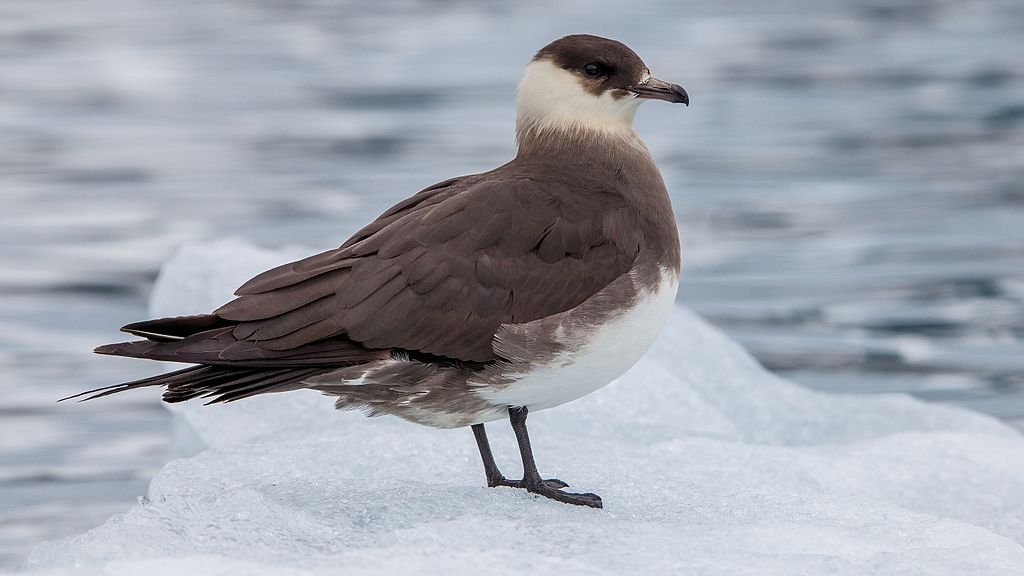
The Arctic skua has declined in Scotland by 81 per cent since the 1980s.
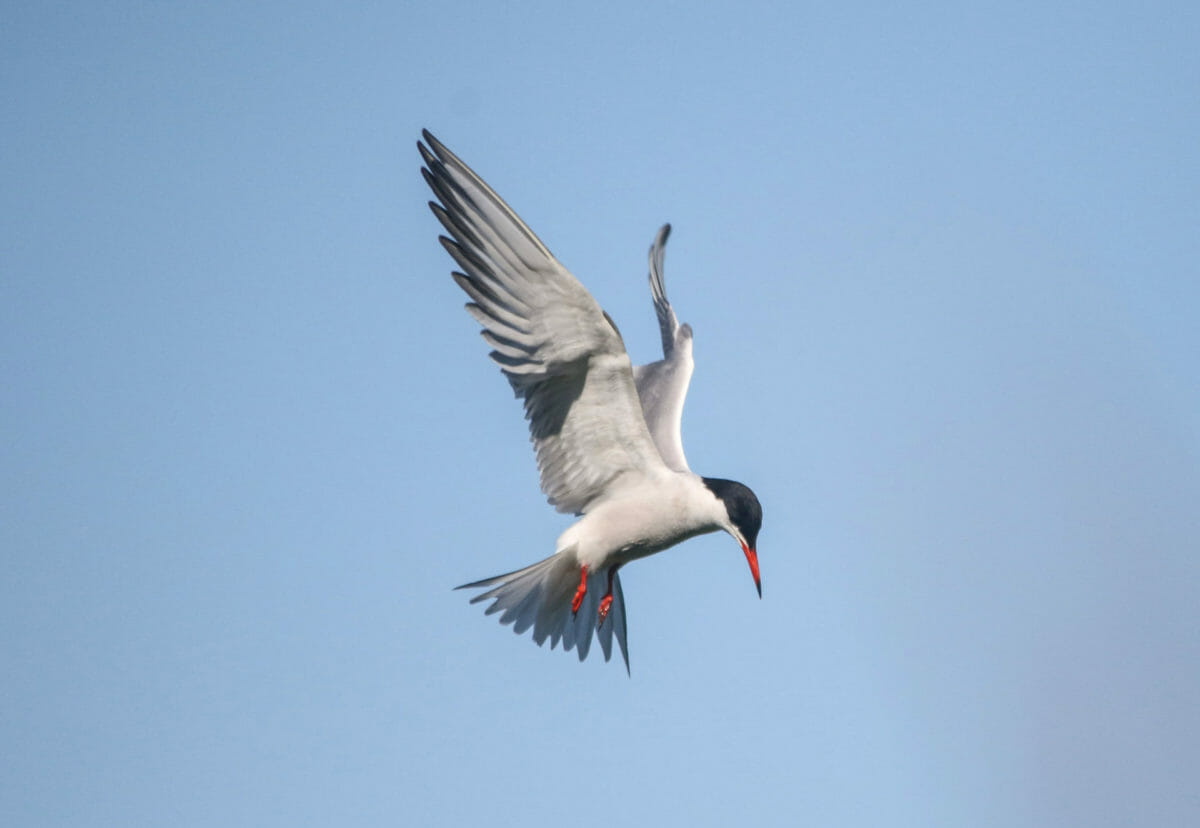
Common tern numbers have dropped by 48 per cent since the 1980s.

Waders such as oystercatcher, lapwing, golden plover, knot and dunlin – have declined by 58 per cent.

The Loch Lomond Capercaillie population became extinct post-2000.
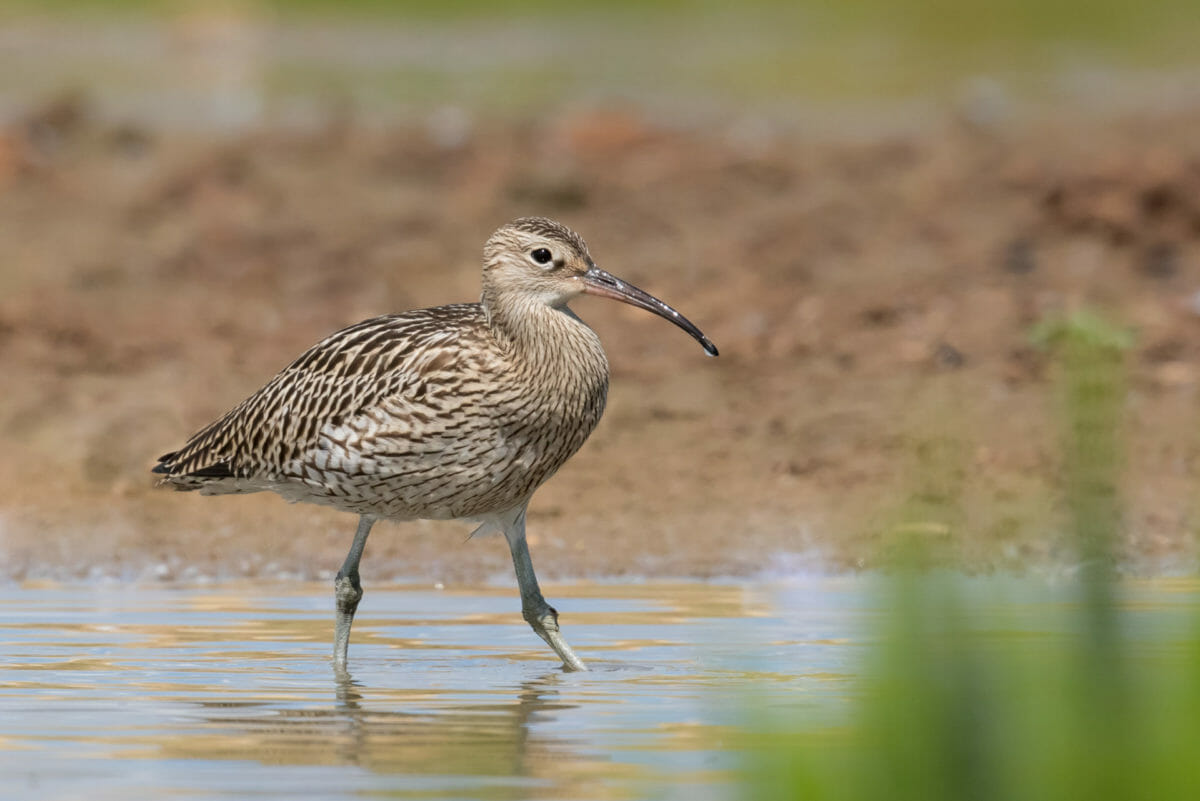
Curlew numbers have fallen by 48 per cent since 1995.

Of 6413 species found in Scotland, 11 per cent – around one in nine – have been classified as threatened with extinction from Great Britain. They include the hedgehog.
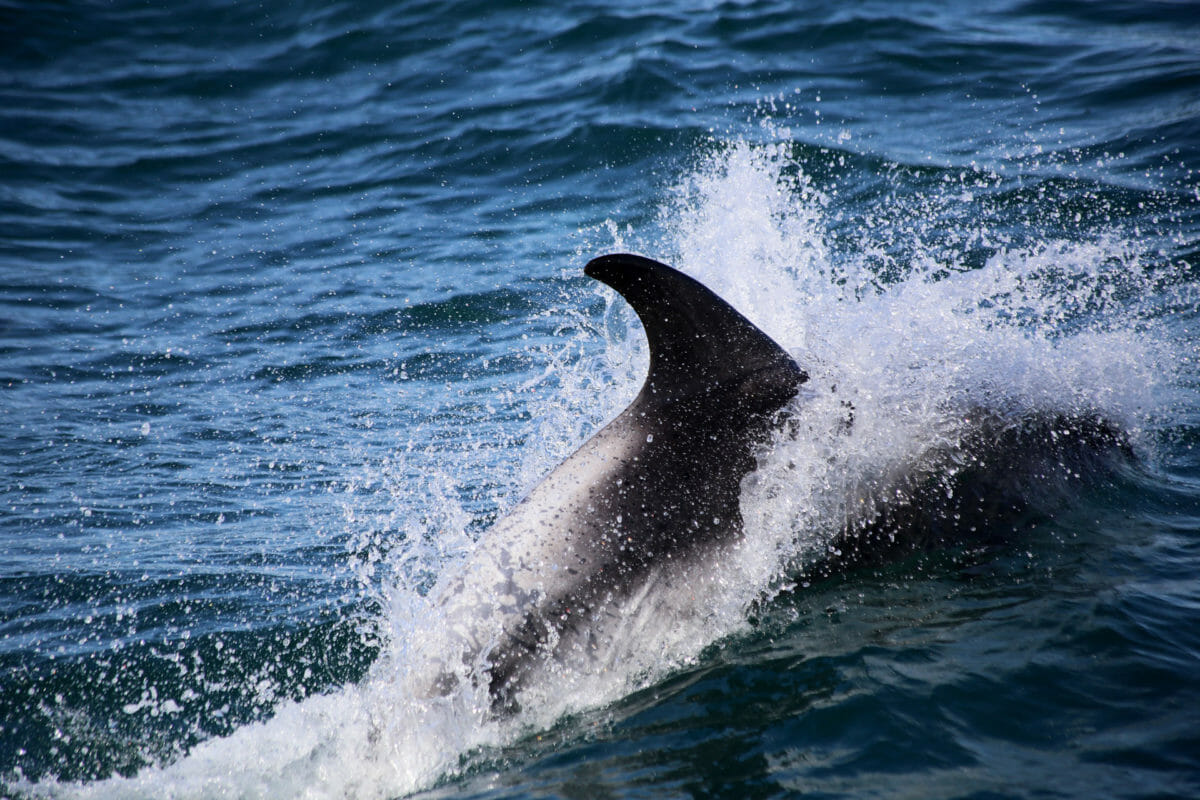
The white-beaked dolphin is found in the sub-polar waters of the north Atlantic Ocean, but rising sea water temperatures are reducing the dolphins’ range, pushing them further north, away from Scotland.

The average number of butterflies seen in Scotland this summer was down by seven per cent from last year. Unseasonable conditions linked to climate change have had a significant impact on numbers. Some of the country’s best loved butterfly species, including small tortoiseshell and peacock, are among those in decline in Scotland.
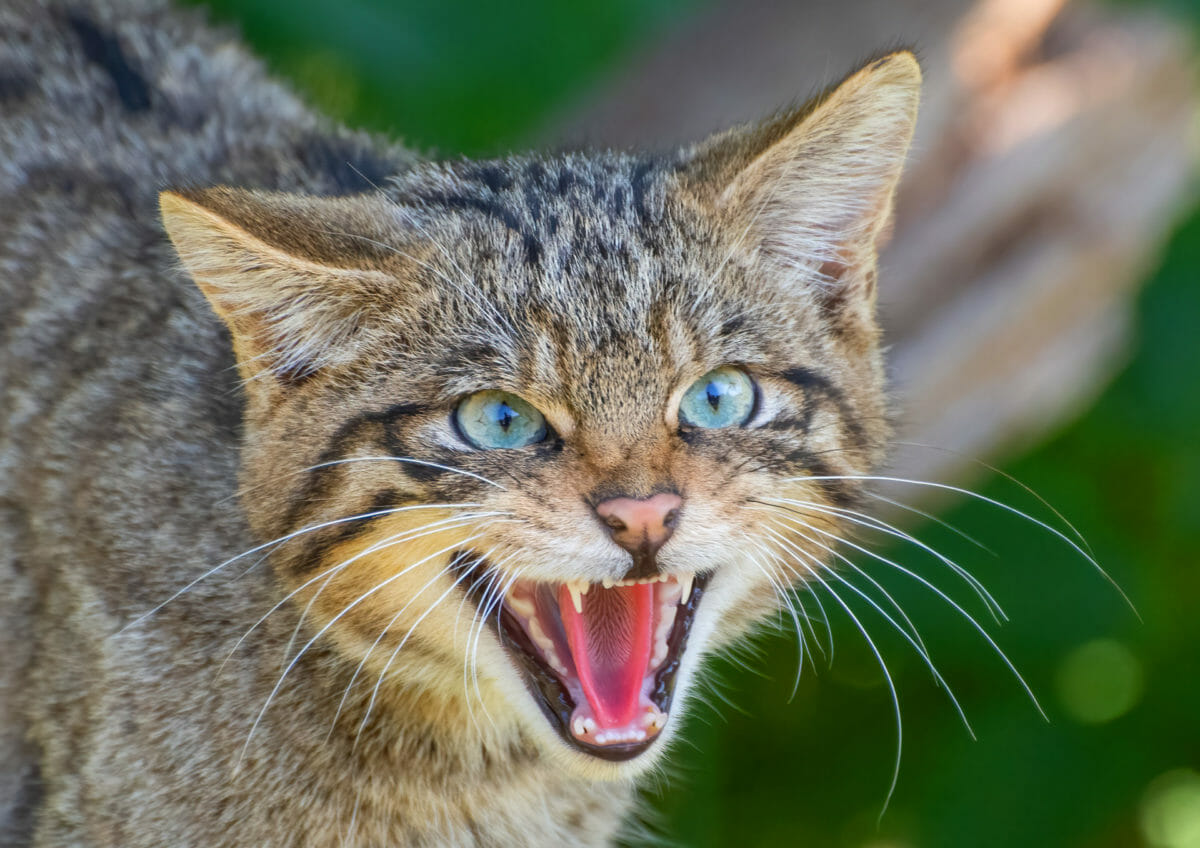
A 2019 report found the Scottish wildcat was on the verge of becoming genetically extinct, with as few as 30 left in isolated pockets of the Highlands. The wildcat – also known as the Highland tiger – is one of the UK’s most endangered mammals. Their numbers have plummeted due to habitat loss, disease, human persecution, interbreeding and road deaths.

The world’s food production and ecology relies on pollination by bees but they are being affected by pesticide use, loss of habitat and climate change. In 2017 the Scottish Government launched a 10 year Pollinator Strategy, and said that since 1980 the number of pollinating insects – honey bees, bumble bees, the solitary bee, butterflies and hoverflies – had declined by around 51 per cent.
How Green is Scotland? is a week-long series for The Herald by The Ferret, an award-winning investigative journalism platform in Scotland. It is an editorially independent, not-for-profit co-operative run by its journalists and members.
You can join for £3 a month.
Photo thanks to iStock/ian35mm












